The country & thematic pages produced by the European Commission's Civil Protection and Humanitarian Aid Operations department provide overviews on specific themes or geographical areas.
All pages listed below are updated regularly, with their latest revision date indicated on each page.
Filter by
Country & thematic pages (93)
RSS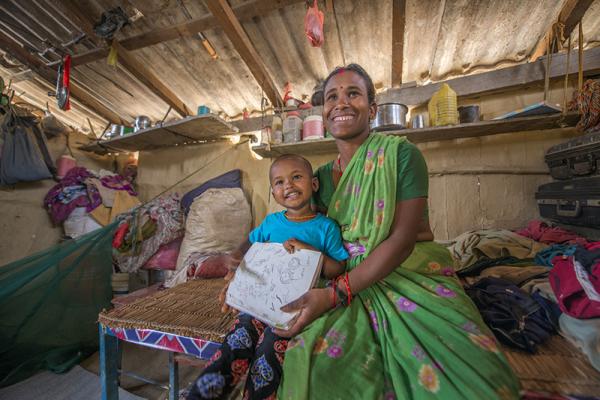
Nepal is one of the world’s most disaster-prone countries due to its location and variable climatic conditions. Climate change and an increasing population further exacerbate the impacts of natural hazards, which each year cause heavy loss of life and property damage.
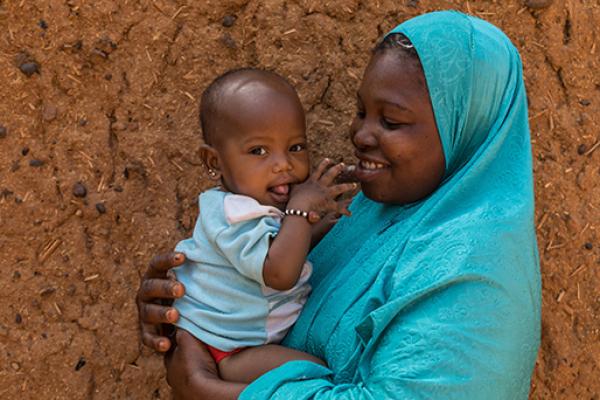
Niger continues to suffer significant humanitarian needs due to conflicts, displacement, food insecurity, child malnutrition, and epidemics. The violence affecting several regions continues forcing people to leave their homes.
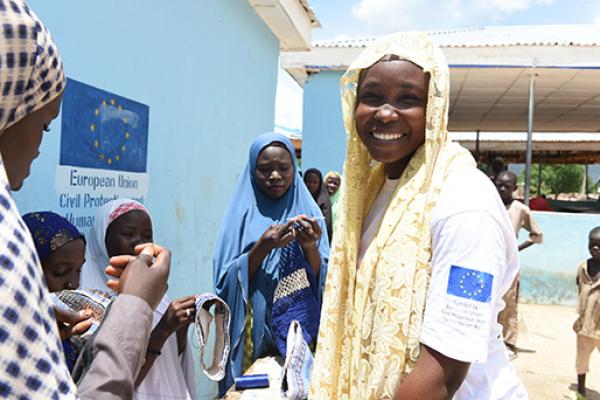
In Northeast Nigeria, 8.4 million people require humanitarian aid. According to the latest Cadre Harmonisé projections, 4.4 million people there could struggle to find enough food during the lean season (June-August 2023) without humanitarian assistance, which is 25% higher than a year ago.
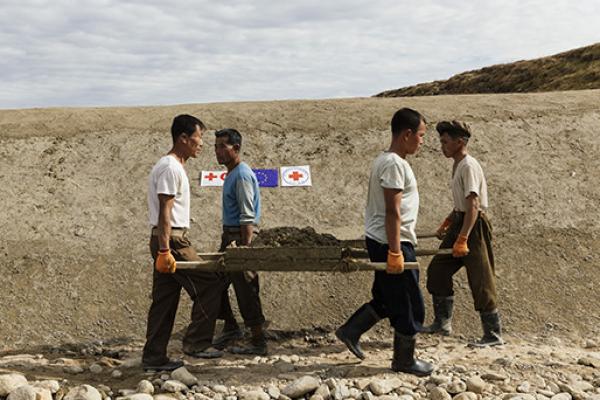
North Korea suffers from recurrent natural hazards, ranging from extended droughts and severe flooding to occasional typhoons.

Child undernutrition is a widespread health issue, taking forms such as wasting (low weight-for-height), stunting (low height-for-age), and micronutrient deficiencies. These can all occur simultaneously.

Natural hazards such as cyclones, floods, droughts, earthquakes and volcanic eruptions frequently occur in the Pacific region. Pacific island countries (including Papua New Guinea, Fiji Islands, Solomon Islands, Cook Islands and Vanuatu) rank among the world’s worst affected by disasters in terms o
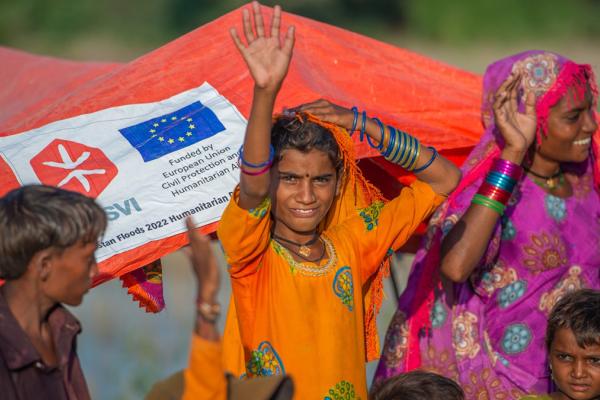
Pakistan is one of the world’s most disaster-prone countries. On top of this, it suffers some of the worst food shortages and chronic malnutrition rates in the world.
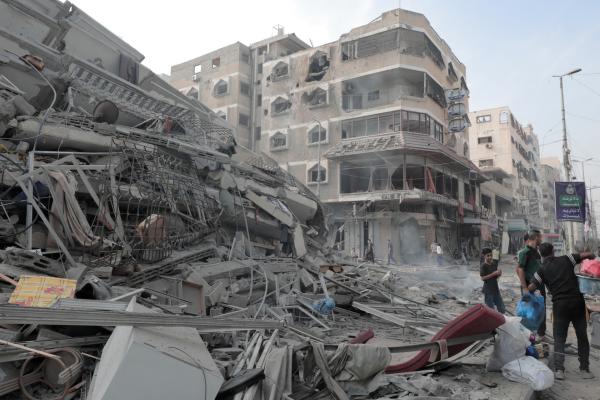
The EU has been providing humanitarian assistance to Palestinians in need since 2000, supporting vulnerable families affected by emergencies and shocks.
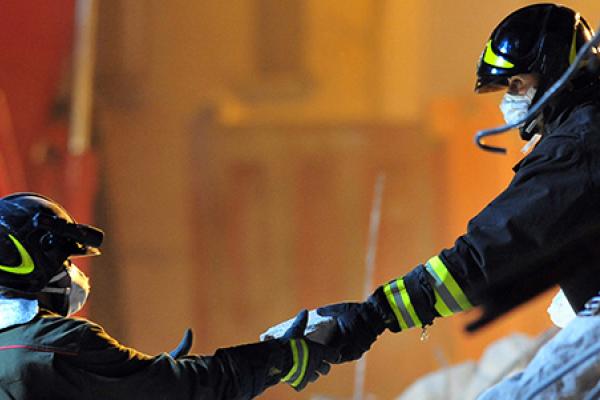
A peer review of disaster risk management and civil protection systems provides a country or a region with a unique opportunity to reflect on its readiness to cope with natural hazards and human-induced disasters and to identify ways of strengthening its prevention and preparedness.

The Philippines is highly exposed to various natural hazards, including tropical cyclones, active volcanoes, and other climate-related risks.

Ensuring the protection of populations is a core objective of humanitarian action. The European Commission defines humanitarian protection as addressing violence, coercion, deliberate deprivation and abuse for persons, groups, and communities in humanitarian crises.

rescEU was established as a reserve of European capacities, fully funded by the EU. It includes a fleet of firefighting planes and helicopters, medical evacuation planes, and a stockpile of medical items and field hospitals that can respond to health emergencies.

The recurrent, protracted and complex nature of many crises re-enforces the importance of developing longer-term interventions that address...
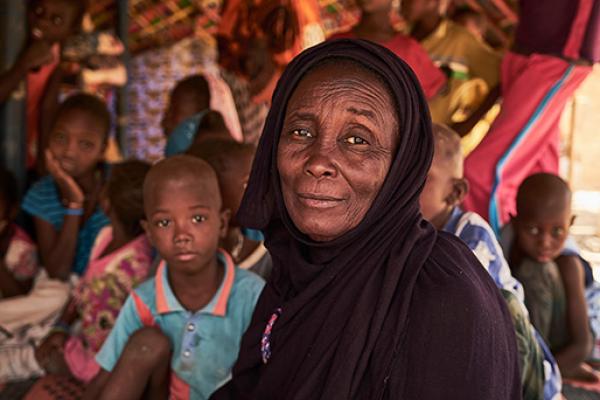
Humanitarian needs in the Sahel continue to be on the rise due to the combined effect of increasingly violent conflicts, deep poverty, climate change, and unprecedented food insecurity and malnutrition.

Shelter is a basic human need crucial for survival in case of natural hazards and human-induced disasters, including conflict.
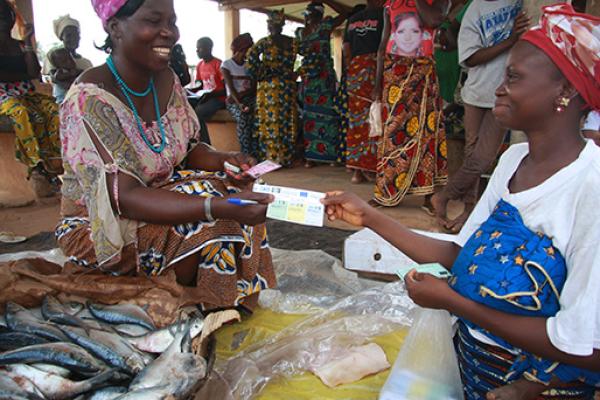
With more than 65 million people forcibly displaced, and 130 million relying on humanitarian aid, there is an urgent need for improved coherence between humanitarian and development actions...

For decades, Somalia has endured prolonged conflict and extreme weather conditions. The recent drought has led to 90% of the country being under extreme drought conditions. 5 consecutive rainy seasons have failed, impacting over 8 million people. Since 2021, more than 1.7 million have been displaced
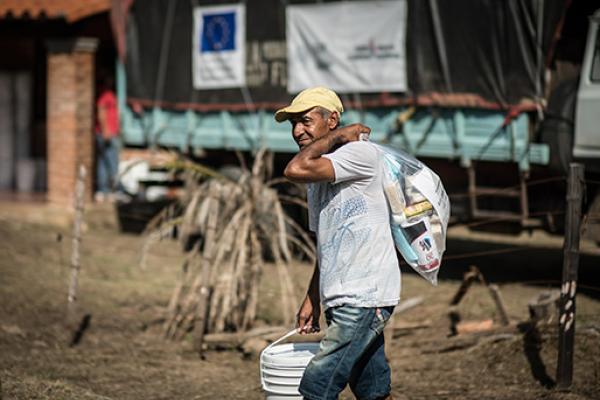
South America is exposed to multiple, often combined, natural hazards. Climate change has increased the frequency and intensity of weather-related disasters, hampering the resilience of the most vulnerable communities
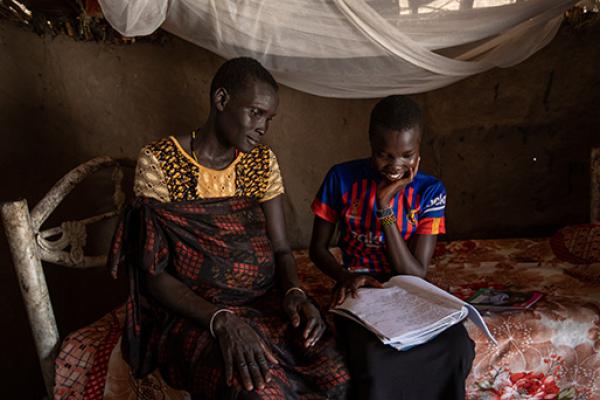
9 million people, 72% of South Sudan’s population, will require humanitarian assistance in 2024.
7.1 million people are expected to experience severe food insecurity between April and July 2024, with thousands living in famine-like conditions.
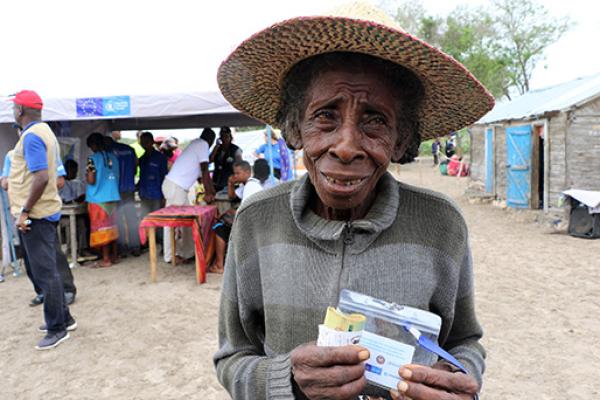
Extreme weather events occur regularly in the Southern Africa and Indian Ocean region. They are becoming more frequent and severe due to climate change.
